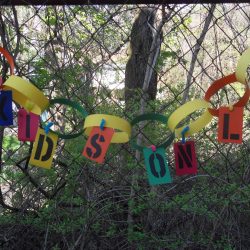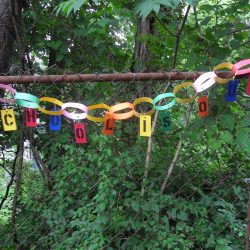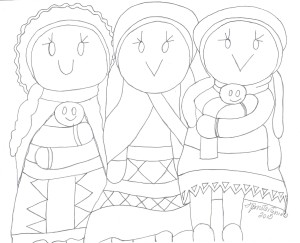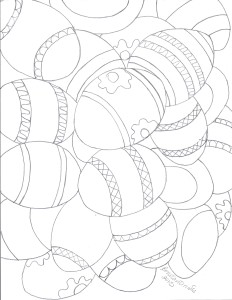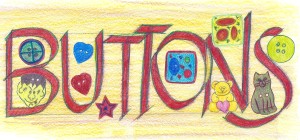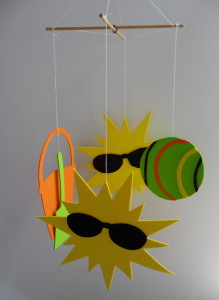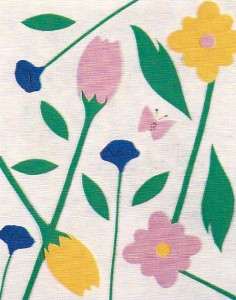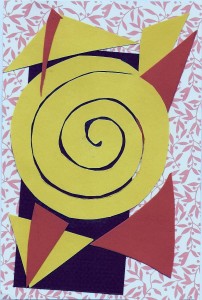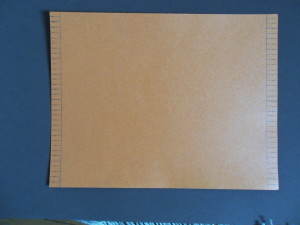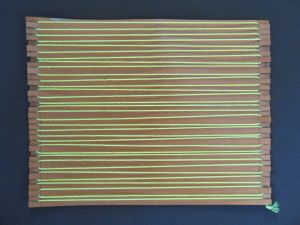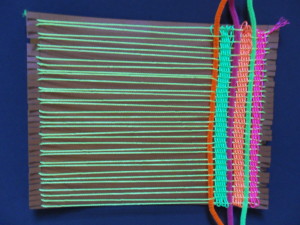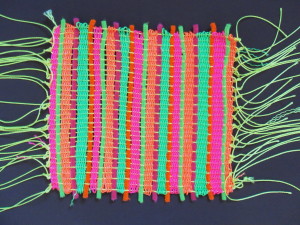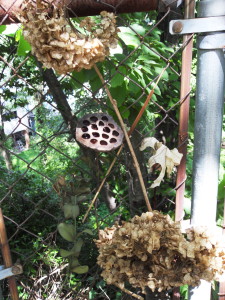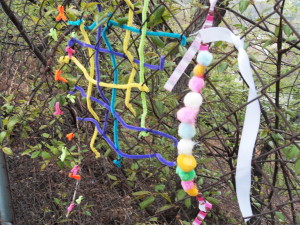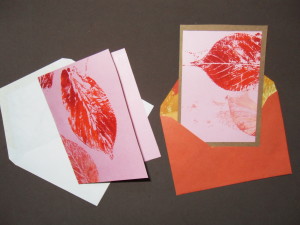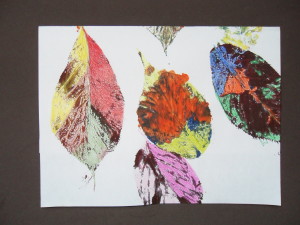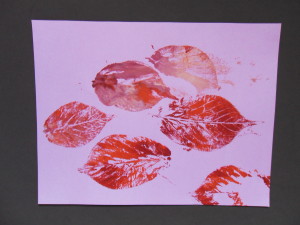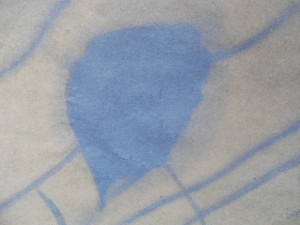HOW TO MAKE MOBILES:
What is a mobile? A mobile is a construction made up of lightweight parts suspended by threads to fine wires.
Now take the banner designs and use them to make mobiles. See how they change when you go from a flat design to a three-dimensional design.
Scroll down to the Winter Banner tutorial below this info.
MATERIALS
Here are some basic supplies that you will need on hand for all the mobile designs:
Scissors
Wire, sticks, pencils, etc for arms
Compass
Thread, light and heavy weight
Poster board
Colored pencils and pens
Glue
Felt
Pencil and ruler
Recyclable materials
Tracing paper
Whole puncher (optional)
ADDITIONAL STUFF YOU SHOULD KNOW
Making a circle and a cone:
Technique #1: use a round object and trace.
Technique #2: Use a pencil compass to allow you to make a large or small circle. To find the diameter, measure circle from one edge through the center to the opposite side.
Technique #3: Cut out a circle. Cut out a section like a slice of a pie, from the edge to the center. Remove the section. Bring one edge over to the other side. Glue the overlapped edge. The larger the section you cut out, the taller and thinner to cone.
Technique #4: How to attach a thread: Thread objects by using a large needle. Push the needle through the shape at the balancing point and pull the thread until a small length is left. Then make a knot at the top of the shape. Cut off excess thread. When attaching the thread to the wire, tie it tightly.
BIBLIOGRAPHY
Holz, Loretta. Mobiles You Can Make. New York: Lothrop, Lee and Shepard Company, 1965.
Zubrowski, Bernie. Mobiles: Building and Experimenting with Balancing Toys. New York: Morrow Junior Books, 1993
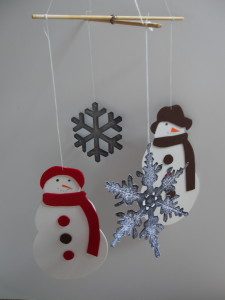
Winter Mobile
Ages: 5 – 12 years
Time: ½ hour – 1 hour
MATERIALS:
Construction paper or Fun Foam in 6 colors
Silver glitter pen
Ball of jute or string or wire
2 dowel rods cut to 12” each Scissors
Tacky glue or glue sticks
Pencil/eraser
Whole puncher
1. Ask an adult to cut the dowel rods so that you have two. Cross them in the middle and tie them tightly with a piece of string or jute or wire. Lay aside.
2. Select the paper or Fun Foam. You can use craft papers or Fun Foam or both. Trace and cut shapes from the patterns used for the winter banner: Mr. Snow Man and Mrs. Snow Woman. Adorn them with scarves, hats/berets, noses that look like carrots, buttons, and a pipe for Mr. Snow Man. On a separate sheet of fun foam or construction paper, draw snowflakes with the glitter pen. Cut them along with the Snow Man and Woman. Draw eyes and mouth with a black marker.
3. Poke a hole towards the top of the paper or Fun Foam shapes with a pencil or use a hole puncher.
4. Then, lace a piece of string, thread, jute, or wire 6” to 8” in length through the hole at the top of each shape. Tie the shapes to the dowel rods. To balance the mobile, place two or more shapes to each dowel rod and be sure that some of the shapes hang lower (or higher) than some of the others. Ask an adult for help.
5. Tie a piece of string on the ends of the dowel rods and hang it up. Does your sculpture move? What makes it move? How is this design different from the banner design? What are the differences? What are the similarities?
ADDITIONAL INFORMATION FOR MAKING ADVANCED MOBILES
How to make wire arms: Make loops on the ends. This will make it easier to tie on shapes. Use needle-nose pliers and wire with a gauge of 14, 1, 18 or 20. Cut the wire to the desired length and bent until it is slightly curved. This will make the objects look more graceful as they balance from the wire. The curve also makes them look more graceful as they move in the air.
How to make a smooth curve: Grip one end of the wire with one hand and gently pull its length between the thumb and forefinger of the other hand, bending as you pull.
How to make a loop: Grasp the end or the wire with the needle-nose pliers. Hold the wire as you twist to form a circle. If you are tying on the objects, close the circle completely. If you are slipping on a loop into the circle, leave it barely open. Close the loops when the mobile is complete. Hold the wire so that the eyelets or circles are on the under side of the arm when attaching the shapes to the mobile.
Like this:
Like Loading...

